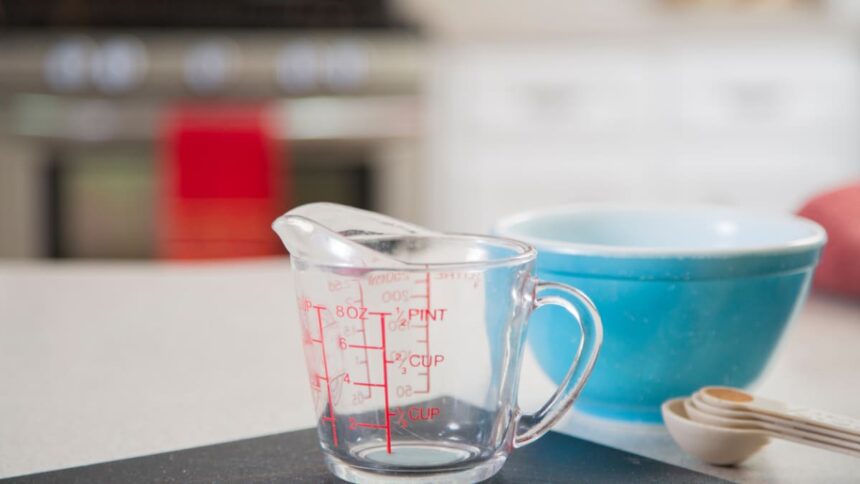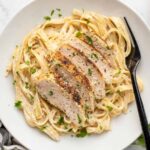Introduction to the How Many Oz Are In A Cup
How Many Oz Are In A Cup Cooking and baking can feel like an adventure, but it often comes with its own set of challenges. One common question that many home chefs face is: how many ounces are in a cup? Whether you’re whipping up a batch of cookies or trying your hand at homemade soup, understanding the difference between liquid and dry measurements is crucial for achieving delicious results. Let’s dive into this essential kitchen knowledge so you can measure confidently and create culinary masterpieces!
Differences between liquid and dry measurements
How Many Oz Are In A Cup When cooking or baking, it’s vital to understand the differences between liquid and dry measurements. These two types of measurements serve distinct purposes in the kitchen.
Liquid ingredients are typically measured using fluid ounces. A standard measuring cup for liquids usually has a spout, allowing for easy pouring. You fill it up to the desired line without worrying about how tightly packed the ingredient is.
Dry measurements, on the other hand, rely on weight and volume but are not as straightforward. A dry measuring cup is designed to be filled and leveled off with a straight edge. This ensures accuracy since dry ingredients can vary in density—think flour versus sugar.
Understanding these differences helps avoid common culinary mishaps that could affect your dish’s final outcome. Accurate measurement leads to better results every time you cook or bake!
Standard cup measurement in the U.
S
In the United States, a standard cup measurement is defined as 8 fluid ounces. This volume is crucial for cooking and baking, ensuring recipes turn out just right.
It’s important to note that this measurement applies primarily to liquids. When measuring dry ingredients, though, the weight can vary significantly based on density.
For example, a cup of flour will weigh less than a cup of sugar. This difference highlights why understanding measurements is essential in culinary practices.
Measuring cups are typically marked with both metric and U.
S. customary units. This dual marking helps those familiar with either system feel at home while preparing meals.
Using accurate measurements from the start can save you time and frustration in the kitchen later on. Familiarity with these standards makes following recipes easier and more reliable.
How many fluid ounces are in a cup?
When it comes to fluid measurements, a standard cup holds 8 fluid ounces. This is crucial for cooking and baking, where precision can make or break your dish.
Fluid ounces measure volume rather than weight, which is why they’re different from regular ounces used in dry measurements.
The distinction matters when you’re following a recipe. For example, using a liquid measuring cup ensures you get the right amount every time.
It’s important to note that this measurement applies primarily to liquids like water, milk, and oil. When working with thicker substances like honey or syrup, slight variations may occur due to density differences.
Understanding how many fluid ounces are in a cup will help streamline your kitchen experience. It allows for accurate ingredient measuring and successful culinary results without unnecessary confusion.
How many ounces are in a dry cup?
When it comes to dry measurements, a cup holds a different weight. Unlike liquid ingredients, the density of dry substances varies greatly.
Typically, one standard dry cup equals 8 ounces. However, this can be misleading depending on what you’re measuring. For instance, flour weighs less than sugar when measured by volume.
Understanding these differences is crucial for accurate cooking and baking results. Using the right measurement ensures consistency in your dishes.
To get precise amounts, consider using a kitchen scale if you frequently work with dry ingredients. This will help eliminate guesswork and elevate your culinary creations to new heights.
Remember that not all “cups” are created equal; always check for specific ingredient conversions where needed!
Common mistakes when measuring ingredients
Many home cooks make simple mistakes while measuring ingredients, which can lead to disappointing results. One common error is using the wrong type of cup. Liquid and dry measurements require different types of cups for accuracy.
Another frequent mistake is not leveling off dry ingredients like flour or sugar. A heaping scoop may seem generous but can throw off your recipe completely.
Using a liquid measuring cup for dry ingredients can also create inaccuracies. These cups are designed differently, which affects how much you actually get.
Furthermore, relying on volume instead of weight is another pitfall. Ingredients like brown sugar or shredded cheese pack differently in a cup compared to granulated items, leading to inconsistent outcomes in cooking and baking.
Forgetting to check for ingredient temperatures before measuring—for example, using cold butter instead of softened—can alter texture and flavor significantly.How Many Oz Are In A Cup/
Tips for accurate measurements
When it comes to measuring ingredients, precision is key. Start with the right tools. Use dry measuring cups for solids and liquid measuring cups for liquids. This distinction can make all the difference in your recipes.
Always level off dry ingredients like flour or sugar with a straight edge—this ensures you’re not over-packing your cup. For sticky substances such as honey or peanut butter, lightly grease your measuring cup first; this allows for easier pouring without leaving residue behind.
Remember to check ingredient temperatures too. Some recipes require room temperature eggs or softened butter, which can affect how they measure out.
Keep an eye on the markings of your measurement tool and avoid guessing where the line falls. If you’re unsure, it’s better to err on the side of caution and start with less—you can always add more later!
Conclusion
Understanding how many ounces are in a cup is essential for anyone who enjoys cooking or baking. Knowing the difference between liquid and dry measurements can significantly impact your recipes. By using standard U.
S. measurements, you can ensure accuracy whether you’re measuring fluid or dry ingredients.How Many Oz Are In A Cup/
Fluid ounces differ from dry ounces, which can lead to confusion if you’re not careful. Many people make common mistakes while measuring, such as using the wrong type of cup or misinterpreting measurement lines on cups. Taking extra time to measure correctly will enhance your culinary endeavors.
Implementing tips for accurate measurement—like leveling off dry ingredients and checking fluid ounces with a liquid measuring cup—can improve your results dramatically.
Mastering these fundamentals will elevate your cooking and baking skills, allowing you to create delicious dishes with confidence. Keep these guidelines handy as you navigate the world of measurements in the kitchen!




